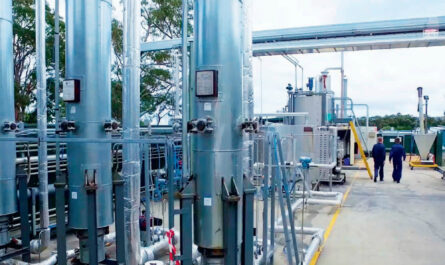Researchers at Duke University have made significant advancements in a computational model used to simulate the movement of individual cancer cells throughout the human body. Known as Adaptive Physics Refinement (APR), this approach allows detailed analysis of cellular interactions and their impact on cancer cell trajectory, providing valuable insights into the spread of metastatic cancer.
The movement of cancer cells within the bloodstream is influenced by interactions with nearby red blood cells and other factors. However, simulating the movement of every red blood cell within the body’s blood vessels is computationally impractical. To overcome this limitation, the researchers developed a method to work around these computational constraints.
Understanding how cancer cells navigate the body’s blood vessels is a crucial aspect of cancer research, enabling early detection and potentially targeted treatments. However, studying these processes in living patients is impossible, making computational modeling essential.
Dr. Amanda Randles, an associate professor at Duke University, has been at the forefront of developing computational methods to explore these processes for over a decade. One of her notable contributions is the creation of HARVEY, a hemodynamics simulation package designed for use on supercomputers.
Despite the capabilities of supercomputers, there are limits to their computational power. To calculate the trajectory of a single cancer cell, models must incorporate its interactions with surrounding red blood cells. Yet, the human body contains around 25 trillion red blood cells and five liters of blood. Currently, even the largest supercomputers can only recreate a single percent of this volume at cellular resolution, including several hundred million red blood cells.
To address this issue, a team of researchers from Duke University, Lawrence Livermore National Laboratory (LLNL), and Oak Ridge National Laboratory (ORNL), led by former Ph.D. student Sayan Roychowdhury, extended the existing algorithm used by the Randles laboratory. The Adaptive Physics Refinement (APR) approach enables the inclusion of interactions with millions of neighboring red blood cells, creating a high-resolution “window” to track the movement of the cancer cell of interest.
The key to the APR approach is coupling the moving window with a simulation of the entire vascular domain, modeling the blood as a bulk fluid. This approach is similar to simulating the behavior of a toy boat floating down a stream. Instead of modeling the entire waterway at the highest resolution, the model focuses on accurately representing the region near the boat while using a more modest resolution for the rest of the stream. As the boat encounters complex features, such as rocks or rapids, the model captures them precisely when they have a measurable impact on the boat’s trajectory. This efficient simulation enables exploration of longer stretches of the river.
The team achieved a breakthrough in large-scale simulations by simulating the transit of a cancer cell across a centimeter using only a single node on Amazon Web Services (AWS) for 500 hours. By employing Adaptive Physics Refinement, the computational memory demand was significantly reduced from petabytes to gigabytes, showcasing the efficacy of the algorithm in performing large-scale simulations.
The results of this research could be a game-changer for laboratories studying cancer and developing biomedical devices. The APR approach allows researchers to understand the mechanical and physical aspects of cancer metastasis that would be challenging or impossible to study in an experimental setup. Moreover, it represents a significant advancement in high-performance computing capabilities, enabling the modeling of vast quantities of red blood cells within limited computational capacity.
Moving forward, the research team plans to further enhance their modeling software by adding features such as adhesion between cells and changes in cellular behavior near blood vessel walls. They also aim to investigate how clusters of cancer cells move through the vasculature, as studies have shown that traveling in groups increases the potential of metastatic cells to form new tumors.
Dr. Randles expressed her hope that the APR approach will democratize cellular-scale computational modeling by providing access to researchers without access to large supercomputers. This will enable them to use computational approaches to study cancer dynamics and contribute to advancements in cancer research.
*Note:
1. Source: Coherent Market Insights, Public sources, Desk research
2. We have leveraged AI tools to mine information and compile it




